About Product Pricing Strategy
Many businesses rely on basic pricing strategies, mirroring competitors or adhering to manufacturer-recommended prices. Such passive approaches yield short-term gains but lack sustainability. Continuously monitoring competitors can be distracting. A robust pricing strategy is crucial for long-term success as an eCommerce enterprise. eCommerce pricing strategies revolve around product type, demand, and competition, focusing on cost, customer needs, and lifecycle costs. At Product Data Scrape, we offer advanced e-commerce product pricing strategy solutions. Our expertise lies in helping businesses navigate the intricate landscape of pricing strategies, enabling them to optimize their product pricing with a data-driven approach. Whether you seek to enhance profitability, increase competitiveness, or enhance customer loyalty, our services can meet your specific needs and empower your e-commerce venture to thrive in a dynamic market environment.
 USA
USA

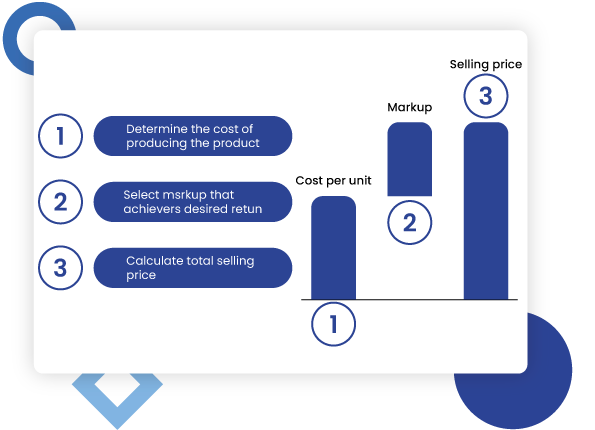
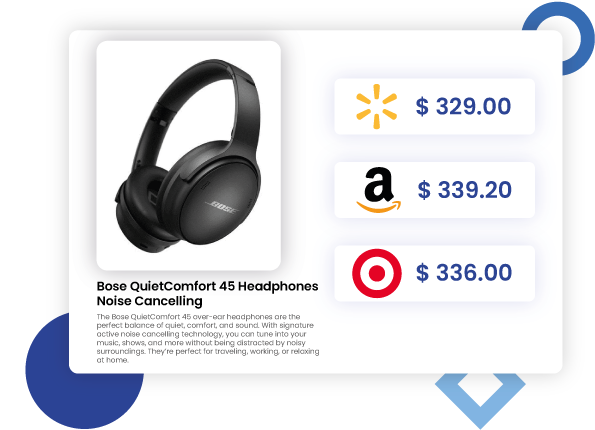
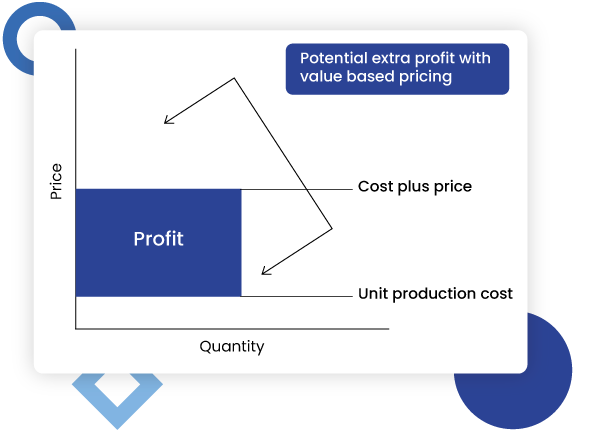

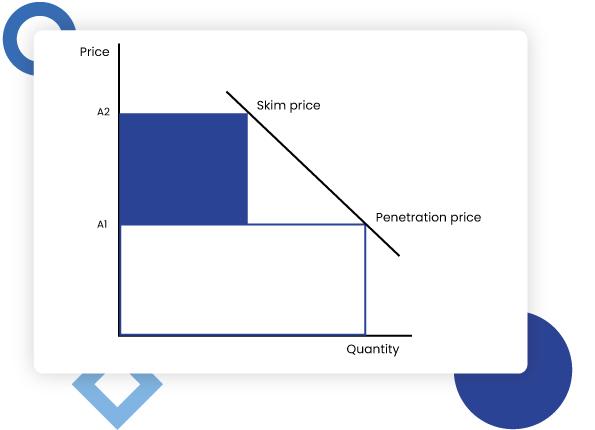
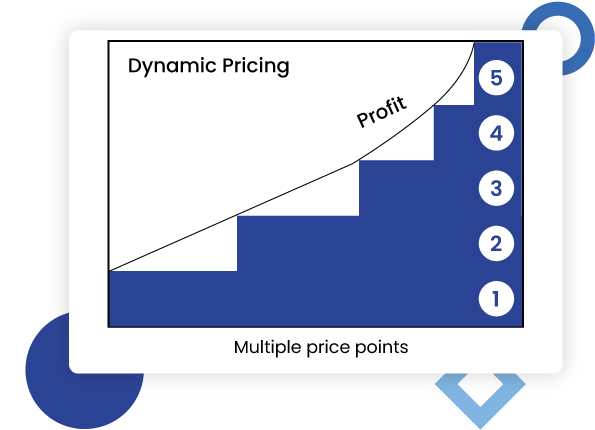







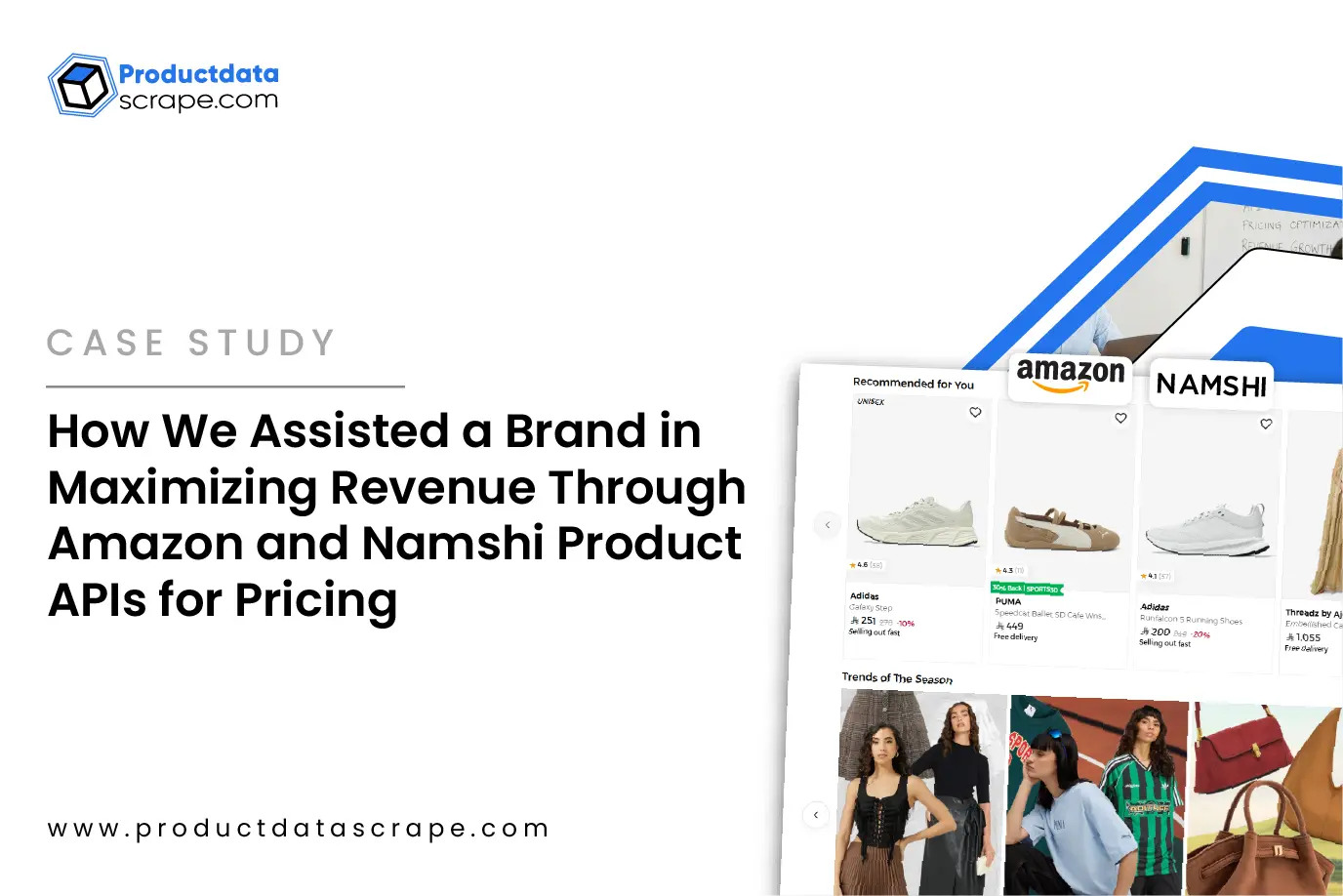





.webp)




.webp)
.webp)
